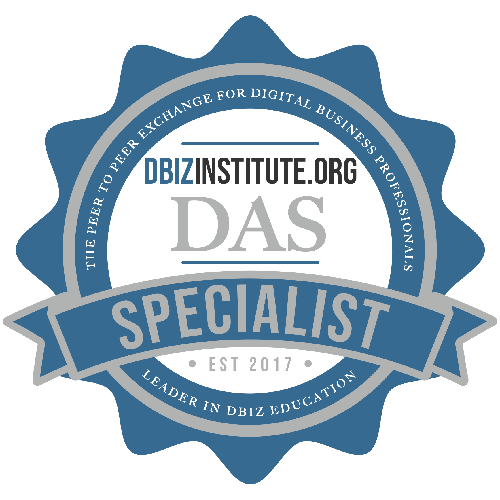Home / Resources
Resources
Discover a Wealth of BPM Knowledge and Expertise at BPMInstitute.org!
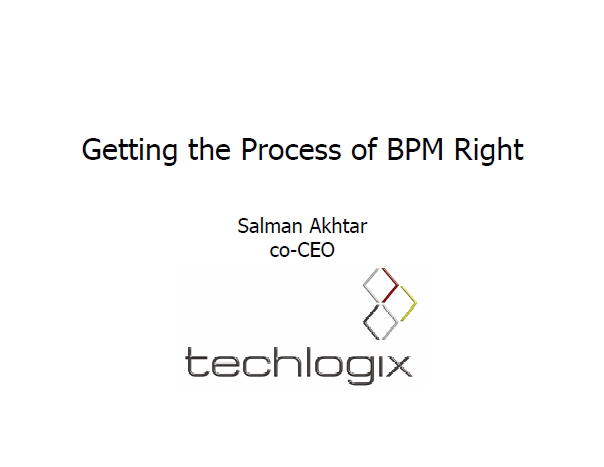
Getting the Process of BPM Right
So yes, BPM is important. Maybe even revolutionary. But getting BPM right remains a challenge as practitioners in the field know only too well. We believe that in many ways, BPM platforms have outpaced BPM practice.

SOA Watch: Convergence of SOA and SaaS
Clearly, SOA and SaaS are converging. The movement and direction are clear. Take, for instance, the rapid rise of SaaS. Based upon current trends, IDC predicts a compound growth rate of 20% per annum for SaaS, set against the overall software market, which is only growing at around 6% per annum. This leaves IDC in no doubt that there is a fundamental shift toward SaaS as a delivery mechanism, and its use within the notion of Web 2.0, and the convergence of SOA, Web 2.0, and SaaS.
What’s causing this shift? There are 5 primary drivers:
1. Purchasers believe th
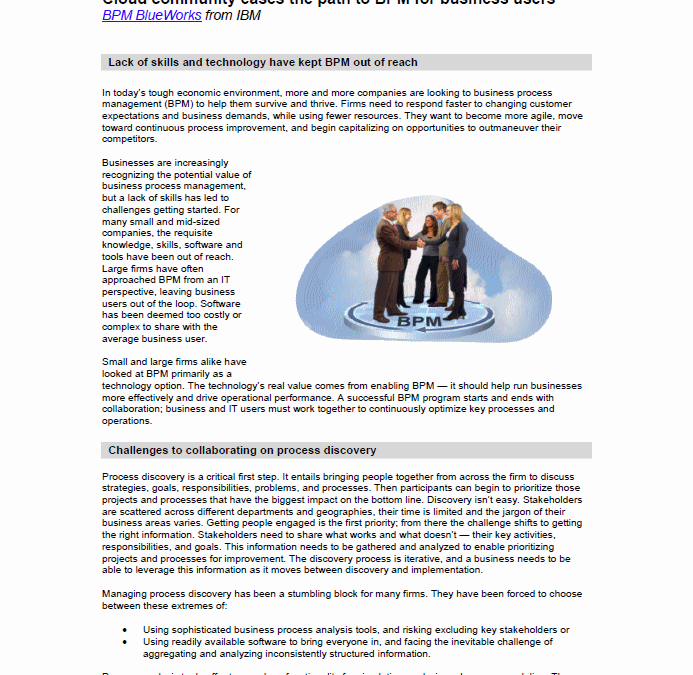
Getting Started With BPM
The importance of having an efficient system of business processes to drive an organization may seem like basic principle. If a business isn’t running efficiently, it may not be realizing or maximizing its financial, market coverage or other strategic goals. In a recent survey of 1,400 CIOs by Gartner Executive Programs, the top business priority identified by CIOs was business process improvement1. For individuals or organizations that are being asked to investigate process improvement, Business Process Management or BPM is a term that frequently associated with the process improvement.
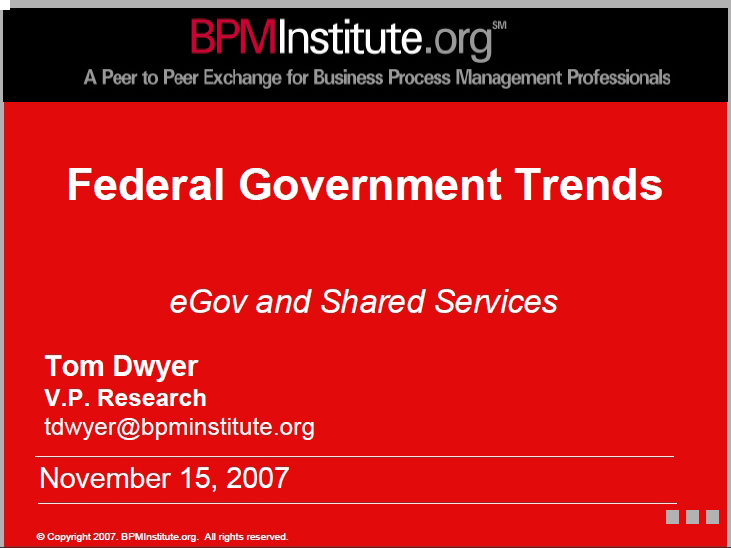
System Integrator Success: Meeting Government customer demands through BPM and SOA
Join this 60 minute web seminar as we provide the System Integrator community with information about how BPM, Portal, Web 2.0 and SOA technologies can be combined into a powerful solution that helps address critical government challenges.
Don’t miss this webinar if your customers are asking you the following questions:

Business Architecture: In the Absence of Standards
It is my observation that there are no true standards regarding business architecture. Ask any three Business Architects and they will likely agree conceptually on the components that make up business architecture. However, you will get three very different descriptions of how to develop and integrate those components.
There are many techniques available for developing business architecture; and a good Business Architect can adapt just about any set of methods to do so.

The Four Dimensions of the Business Architecture
The early beginnings of Business Architecture (BA) development used a business/function process model of the enterprise. This type of model illustrates the typical functional groupings of a business. These groups are further placed into two categories: Primary, which directly relate to the business of the Enterprise, (e.g. Customer Care), and Supporting, which enable the primary functionality, (e.g. Finance). Each functional group contains several unique business processes (e.g. in Finance, there are corporate accounting and asset management).

Using Staff Frustration to Improve a Process
The frustration lens diagnoses the process from the perspective of those who work in it. The purpose is to learn what frustrations people experience when doing their work. You can ask people about these as you create the as-is-flowchart, or you can complete the chart first and ask later. Use the first method if the process is relatively short and there aren’t many frustrations.

The Business Architecture Center of Excellence
Business architecture enables an enterprise to turn business strategy into operational reality through the visualization and resolution of cross-functional inefficiencies and ineffectiveness. Consider the following scenario found in a US federal government agency....

Model to Execution: Guidelines for Converting a Use Case into BPMN
Organizations improving performance and aligning or reengineering processes endeavor to define their core business processes. They often use ‘happy days’ use case scenarios, or they create workflow diagrams in Visio. A ‘happy-day path’ only considers flows that occur when no exceptions are encountered. So, someday the team needs to visit ‘unhappy’ branches. Converting the use case or work-flow into the formal needs of a business process model can be challenging. So I offer these simple guidelines.
The Role of Business Architecture in the Coming Meltdown of Web 2.0
The amount of information on the World Wide Web is enormous beyond belief.

SOA And Mashups – What to use when
Say I am a business manager at an insurance company and my job is to recruit insurance agents. These agents in turn meet the insurance needs of their customers and build their own customer base. If an agent does well, the company does well. With a finite amount of recruiting dollars available, I need to be able to make the best decisions on where to focus my recruiting efforts.

BPMS Watch: Process Model Portability: Does Anyone Care?
Among the numerous virtues of BPMN, foremost is vendor independence, giving process modelers many tools to choose from, all describing processes using the same shapes and semantics. That’s huge, since without low-cost (or even free) tools you’ll never establish a culture of process broadly throughout the business. Occasionally, however, a student in my BPMN training will ask the embarrassing question, “So that means I can take the models I create in this class and import them into the BPMN tool we use in our company…
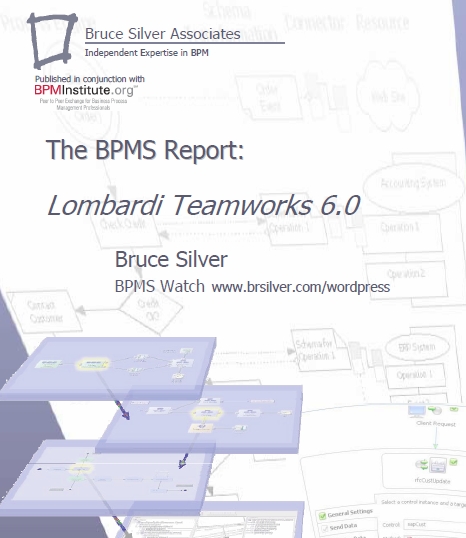
Lombardi Teamworks 6.0
Lombardi Software is a private company focused exclusively on Business Process Management software. Lombardi designs, sells, and supports process improvement solutions for organizations in industries ranging from financial services to manufacturing to energy and telecommunications. Based in Austin, Texas, the company was founded in 1998, and has approximately 190 employees.
Lombardi’s BPMS, called Teamworks, is best known for human-centric processes that change dynamically based on business factors, such as dispute resolution, product returns, tax reconciliation, loan origination, or supply chain management. Lombardi describes Teamworks as focused on “operational processes,” meaning complex flows spanning organizational and system boundaries, characterized by four distinct attributes:
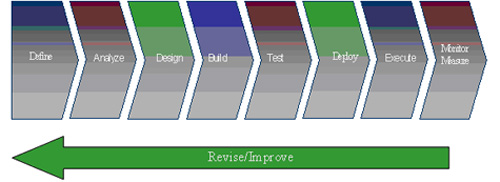
Integrating Testing and Training with the Process Life Cycle
Earlier this year I wrote an article outlining the critical relationship between the Process Life Cycle and the Project Life Cycle. This relationship, when treated as a partnership of equals, can improve the success of both the technical and the process improvement interests. In addition to the Project Life Cycle, there are two other important relationships that should be considered when developing or enhancing a business process.

SOA Watch: SOA and Adapters
Once upon a time, whenever we connected application A to application B, or applications A and B to an integration server, we had to interact with those applications using some sort of interface that (hopefully) the applications provided.
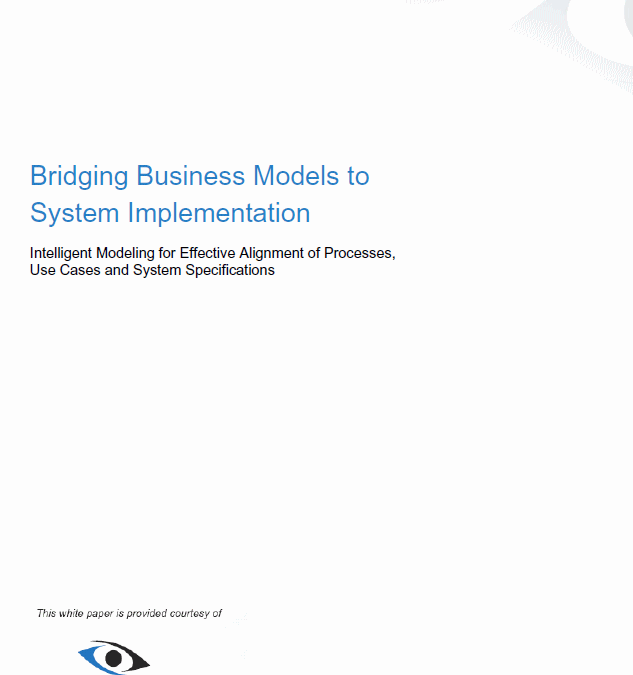
Bridging Business Models to System Implementation
In order to be successful, you need to understand your business and gracefully evolve that understanding into the design and implementation of your business systems. Application development and implementation starts with the business (or enterprise) and ends with an implemented set of system applications and components. This paper describes the Metastorm approach and technology for using enterprise modeling in the modern application development and implementation life-cycle.
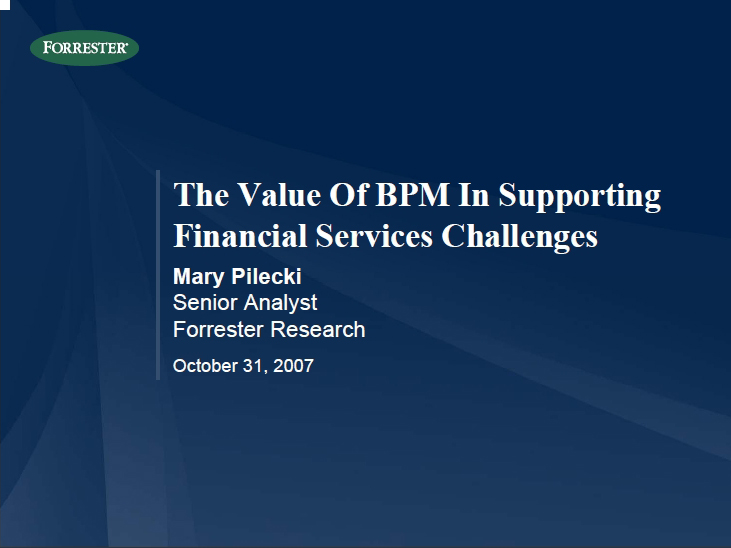
Collaborative BPM in Financial Services
Struggling to get a grip on technology applications in the financial services and insurance space? Join leading IT research firm Forrester and Appian and as they explore modern process-based technologies and approaches.
Recent advances in Business Process Management (BPM) software coupled with proven best practices are having a tremendous positive impact on process-based areas across the enterprise. Rules engines and workflow systems are being replaced by sophisticated BPM platforms that enable business to respond with greater speed to ever-changing market conditions.
What is a Process?
For years my partners and I at the Performance Design Lab have defined a business process as “a sequence of steps or tasks that produce a valued output”, or words to that effect. Every definition of process I have seen in the books and articles written by others use pretty much the same verbiage. Nothing wrong with the definition – it does describe what a process consists of – but it does nothing to indicate some of the key principles of process design, nor does it do more than hint at why processes are so important (i.e., “valued output”).
So we have come to modify our definition
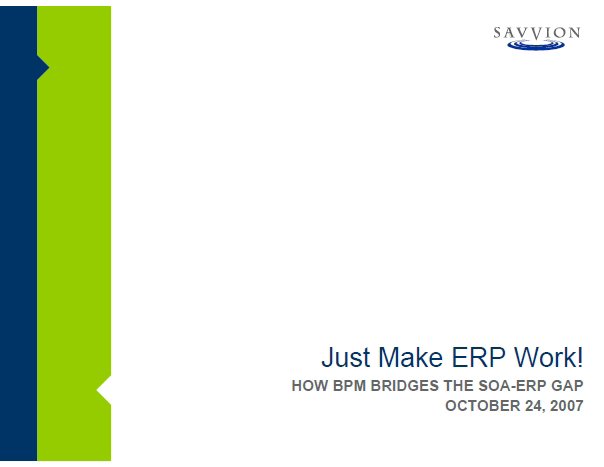
Just Make ERP Work! How BPM Bridges the SOA – ERP Gap
Does your Enterprise Resource Planning (ERP) system actually do what you want it to do? ERP applications were supposed to seamlessly solve all of our supply chain, order management, and deal approval processes. But these processes cross departments, people and functions, yet your ERP systems do not. So how well are ERP applications really working for you?
If you want to crush your competition, it is imperative that you tune into this webcast and learn how Business Process Management (BPM) is the missing link for making ERP work.
Questioning Innovation
A dictionary definition of innovation is “introducing something new.” But these days, with the rise of the buzzword “innovation” in the business literature, you’d be led to think that innovation itself is something new. Let’s see if we can net out what’s new about innovation by asking a few questions about this hot business topic.
What’s New About New?
Here we go again with yet another hype curve, the Innovation Hype Curve. Why all the newfound interest in innovation? In short, globalization.













